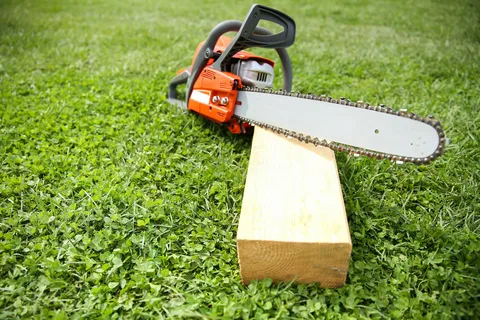Chainsaw Etiquette: Safety and Courtesy in Shared Forests
When working with chainsaw in forested areas, especially shared or public forests, understanding proper chainsaw etiquette is essential. This etiquette ensures not only safety but also promotes respect among fellow outdoor enthusiasts. In this article, we will explore the key aspects of chainsaw etiquette: safety and courtesy in shared forests.
The Importance of Chainsaw Etiquette
Chainsaws are powerful tools that require careful handling to avoid accidents. Beyond individual safety, chainsaw etiquette also considers the environment and other people who use the forest. Shared forests are communal spaces, where hikers, campers, and other workers coexist. Proper chainsaw etiquette helps maintain a safe and pleasant environment for everyone.
Safety First: Best Practices When Using a Chainsaw
Safety is the foundation of chainsaw etiquette. Here are some essential safety guidelines to follow:
- Wear Proper Protective Gear: Always use chainsaw chaps, gloves, eye protection, ear protection, and sturdy boots.
- Inspect Equipment Regularly: Check the chainsaw before use to ensure it’s in good working condition.
- Be Aware of Your Surroundings: Keep an eye out for other people, wildlife, and unstable terrain.
- Maintain Clear Communication: If you’re working with others, use clear signals or radios to coordinate safely.
Adhering to these safety practices not only protects you but also minimizes risks to others in the shared forest space.
Courtesy in Shared Forests: Respecting Others
Chainsaw etiquette isn’t just about physical safety—it’s also about being considerate to those around you. Here are some ways to show courtesy:
- Limit Noise Pollution: Chainsaws can be loud and disruptive. Avoid using them early in the morning, late in the evening, or during popular visitation hours.
- Stay on Designated Trails and Work Areas: This helps preserve the environment and reduces conflicts with hikers and wildlife.
- Communicate Work Plans: If possible, inform local forest users or park authorities about your work schedule and location.
- Clean Up After Use: Remove debris and ensure the site is safe and tidy once your work is done.
Environmental Considerations in Chainsaw Etiquette
Respect for the forest environment is a critical part of chainsaw etiquette. Sustainable cutting practices help preserve the health of the forest ecosystem:
- Avoid cutting protected or endangered species.
- Minimize damage to surrounding trees and undergrowth.
- Follow local regulations regarding tree removal and forest management.
Conclusion
Chainsaw etiquette: safety and courtesy in shared forests is about more than just operating a tool properly. It’s about fostering a respectful, safe, and sustainable environment for all forest users. By practicing good chainsaw etiquette, you contribute to the well-being of both people and the natural world in shared forest spaces.


